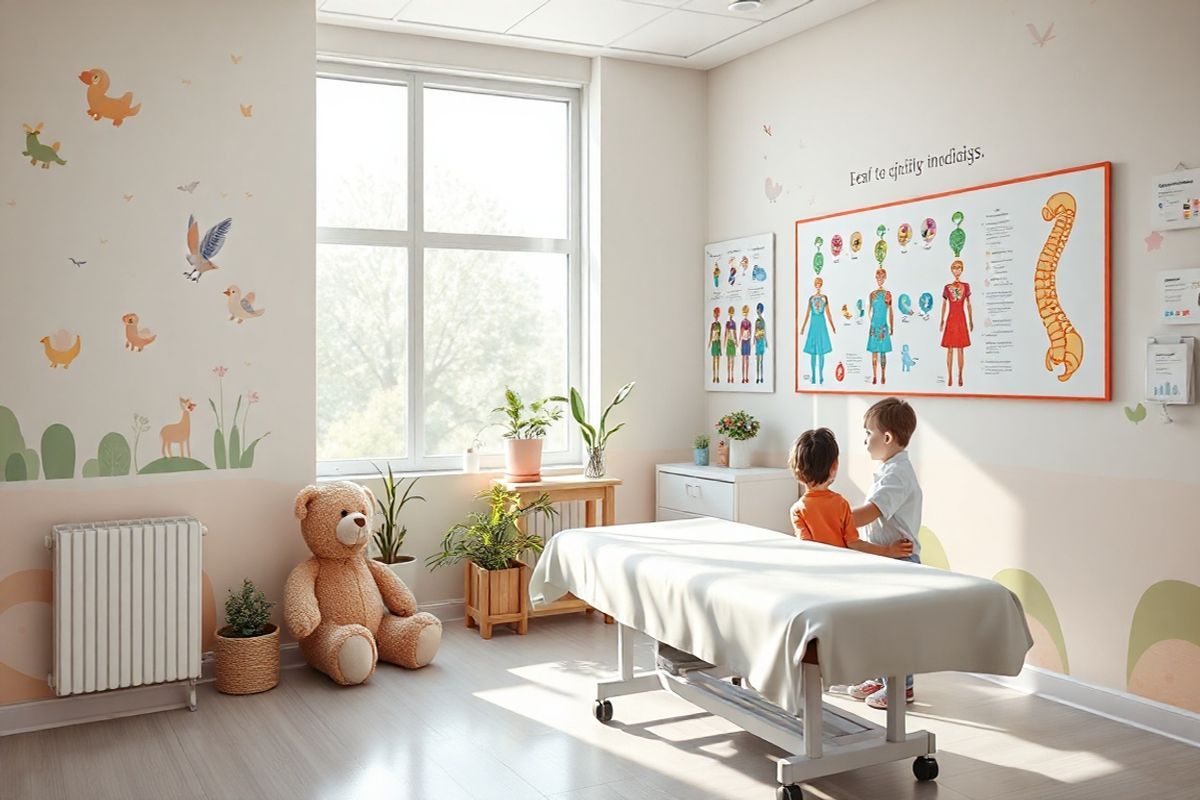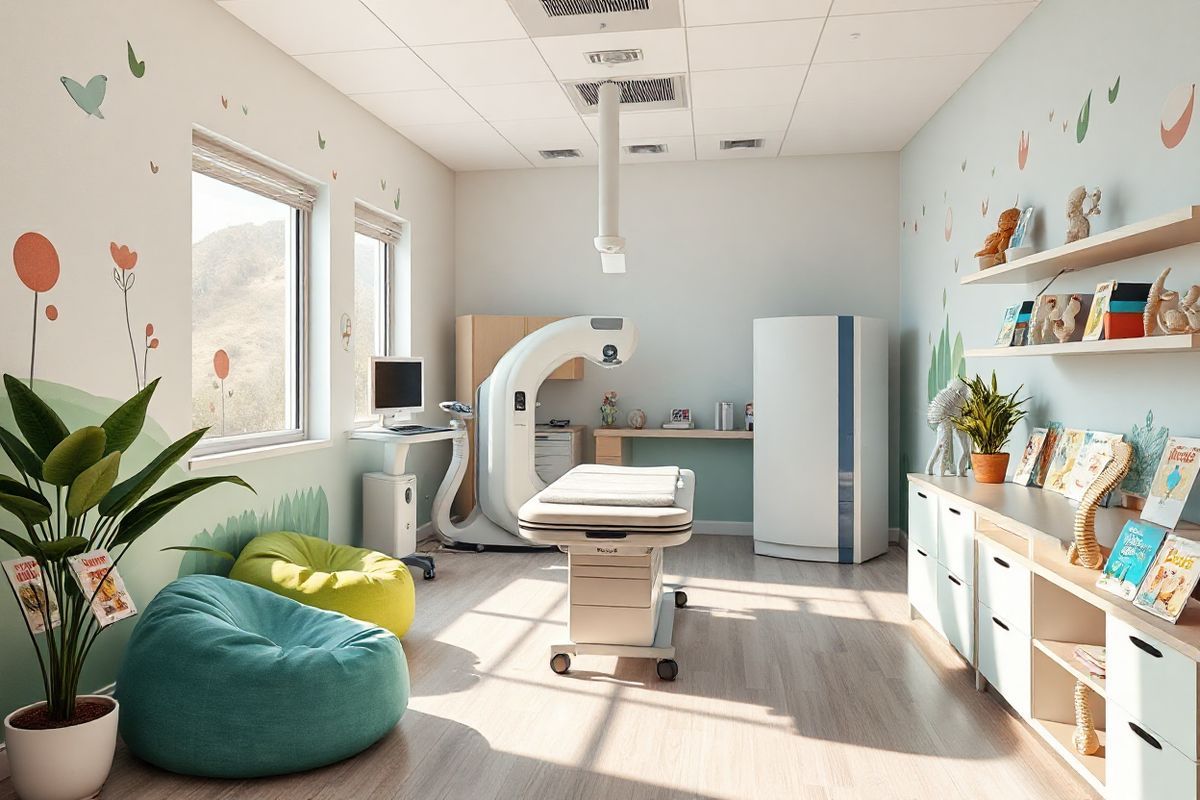Table of Contents
Types of scoliosis: An In-Depth Look at the Curvature of the Spine

scoliosis can be classified into several main types based on its etiology:
-
Idiopathic Scoliosis: This is the most common form, accounting for approximately 80-90% of cases. The term “idiopathic” indicates that the specific cause is unknown. Idiopathic scoliosis is further categorized based on the age of onset:
- Infantile Idiopathic Scoliosis: Affects children from birth to 3 years.
- Juvenile Idiopathic Scoliosis: Affects children from 4 to 9 years.
- Adolescent Idiopathic Scoliosis: Most commonly diagnosed during puberty, affecting children aged 10 to 18.
-
Congenital Scoliosis: This type results from vertebral abnormalities present at birth, such as malformed vertebrae. It is typically identified earlier than idiopathic scoliosis due to visible deformities.
-
Neuromuscular Scoliosis: Associated with neurological or muscular conditions, such as cerebral palsy or muscular dystrophy. This type tends to progress more rapidly than idiopathic scoliosis and may require surgical intervention.
-
degenerative Scoliosis: This condition arises in adults, often due to degenerative changes in the spine, such as arthritis or osteoporosis. It can also occur in individuals who had untreated scoliosis during childhood.
TablTypes of Scoliosis
| Type | Description | Typical Age of Onset |
|---|---|---|
| Idiopathic | Unknown cause, most common form. | 10-18 years |
| Congenital | Resulting from vertebral abnormalities at birth. | At birth |
| Neuromuscular | Associated with neurological/muscular disorders. | Any age |
| Degenerative | Due to age-related changes in the spine. | 50 years and older |
The Mystery of Idiopathic Scoliosis: Causes and Characteristics
The exact cause of idiopathic scoliosis remains elusive, but it is believed to involve a combination of genetic and environmental factors. Studies suggest that family history plays a significant role, as scoliosis can run in families. Furthermore, hormonal changes during puberty might contribute to the progression of the spinal curve.
Symptoms and Indicators
Common signs of scoliosis include:
- Uneven shoulders or hips
- A head that is not centered over the pelvis
- Prominence of one shoulder blade over the other
- An uneven waist
- Changes in the appearance of the skin over the spine (e.g., dimpling or hairy patches)
Approximately 23% of patients experience back pain at the time of diagnosis, which may indicate the need for further evaluation (Scoliosis Research Society, n.d.).
Recognizing the Signs: How Scoliosis is Diagnosed in Children and Adults
Diagnosing scoliosis typically involves a combination of physical examinations and imaging tests. The Adam’s Forward Bend Test is a common initial screening tool used by pediatricians and during school screenings. This test helps identify spinal curvature by having the individual bend forward while the examiner observes the back for asymmetries.
Imaging Techniques
Once scoliosis is suspected, diagnostic imaging is crucial. The following methods are commonly utilized:
- X-rays: The primary diagnostic tool for measuring the degree of curvature using the Cobb angle method. A curvature greater than 10 degrees is indicative of scoliosis.
- EOS Imaging System: A low-dose, 3D imaging technology that provides a detailed view of the spine while minimizing radiation exposure, especially beneficial for patients needing frequent imaging.
- MRI and CT Scans: These provide more detailed images and are used if there are concerns about underlying conditions or atypical curve patterns.
TablDiagnostic Methods for Scoliosis
| Diagnostic Method | Purpose | Description |
|---|---|---|
| Adam’s Forward Bend Test | Initial screening | Observes spinal asymmetries when bending forward. |
| X-rays | Confirm diagnosis | Measures spinal curvature in degrees. |
| EOS Imaging | 3D imaging with low radiation | Provides weight-bearing posture images. |
| MRI/CT Scans | Detailed imaging | Assesses for underlying conditions or anomalies. |
Treatment Approaches for Scoliosis: From Observation to Surgery

The treatment of scoliosis is determined by several factors, including the severity of the curve, the patient’s age, and the likelihood of progression.
Observation
For mild cases (curvature less than 25 degrees), regular monitoring may be sufficient. This involves routine physical examinations and X-rays to track any changes in spinal curvature over time.
Bracing
For children with moderate scoliosis (curves between 25 to 40 degrees), bracing is often recommended. The brace helps prevent further progression of the curve during growth periods. Studies show that braces can effectively halt curvature progression in about 80% of patients who comply with wearing them for the recommended duration (Children’s Hospital of Philadelphia, n.d.).
Surgery
Surgical intervention is typically indicated when the spinal curvature exceeds 45-50 degrees or if significant progression occurs. Surgical options include:
- Spinal Fusion: This procedure involves realigning and fusing curved vertebrae to prevent further progression. Metal rods and screws are often used to stabilize the spine during the healing process.
- Growing Rods: Used in young patients to allow continued growth while controlling curvature. These rods are adjusted periodically as the child grows.
- Vertebral Body Tethering: A newer, less invasive option that allows for growth while correcting the spinal curve.
TablTreatment Options for Scoliosis
| Treatment Type | Indicated Severity | Description |
|---|---|---|
| Observation | Mild (less than 25 degrees) | Regular monitoring with physical exams and X-rays. |
| Bracing | Moderate (25-40 degrees) | External brace worn to prevent curve progression. |
| Surgery | Severe (over 45-50 degrees) | Procedures to realign and stabilize the spine. |
The Role of Early Detection in Managing Scoliosis Effectively
Early detection of scoliosis is critical for effective management and treatment. Screening programs in schools can help identify at-risk children before the condition progresses significantly. The earlier the intervention, the better the outcomes, particularly in terms of preventing severe curvature and associated complications.
Importance of Family Involvement
Engaging families in the monitoring process, including understanding the importance of regular check-ups and treatment adherence, is essential. Parents’ ability to recognize signs of progression and communicate concerns with healthcare providers can significantly influence treatment efficacy.
FAQ
What are the first signs of scoliosis?
The initial signs of scoliosis can include uneven shoulders, a head that is not centered over the pelvis, and asymmetric rib cage prominence when bending forward.
At what age is scoliosis usually diagnosed?
Scoliosis is most commonly diagnosed in children aged 10 to 15, during their growth spurts.
Can scoliosis be prevented?
While there is no guaranteed way to prevent scoliosis, early detection and monitoring can help manage the condition before it progresses.
What are the treatment options for scoliosis?
Treatment options range from observation and bracing for mild cases to surgical intervention for more severe curves.
Is surgery for scoliosis safe?
Surgery is generally safe, but it carries risks, and the decision is made based on the severity of the condition and the patient’s overall health.
References
- Children’s Hospital of Philadelphia. (n.d.). Idiopathic scoliosis. Retrieved from https://www.chop.edu/conditions-diseases/idiopathic-scoliosis
- Scoliosis Research Society. (n.d.). Scoliosis. Retrieved from https://www.srs.org/Patients/Conditions/Scoliosis
- Comprehensive spinal correction rehabilitation (CSCR) study: a randomised controlled trial to investigate the effectiveness of CSCR in children with early-onset idiopathic scoliosis on spinal deformity, somatic appearance, functional status and quality of life in Shanghai, China. Retrieved from https://doi.org/10.1136/bmjopen-2024-085243
- Application of the grading system for “nociplastic pain” in chronic primary and chronic secondary pain conditions: a field study. Retrieved from https://pubmed.ncbi.nlm.nih.gov/11647825/
- Long-Term Outcomes of Obstetric Brachial Plexus Injury: A Single-Center Experience. Retrieved from https://doi.org/10.7759/cureus.73782











